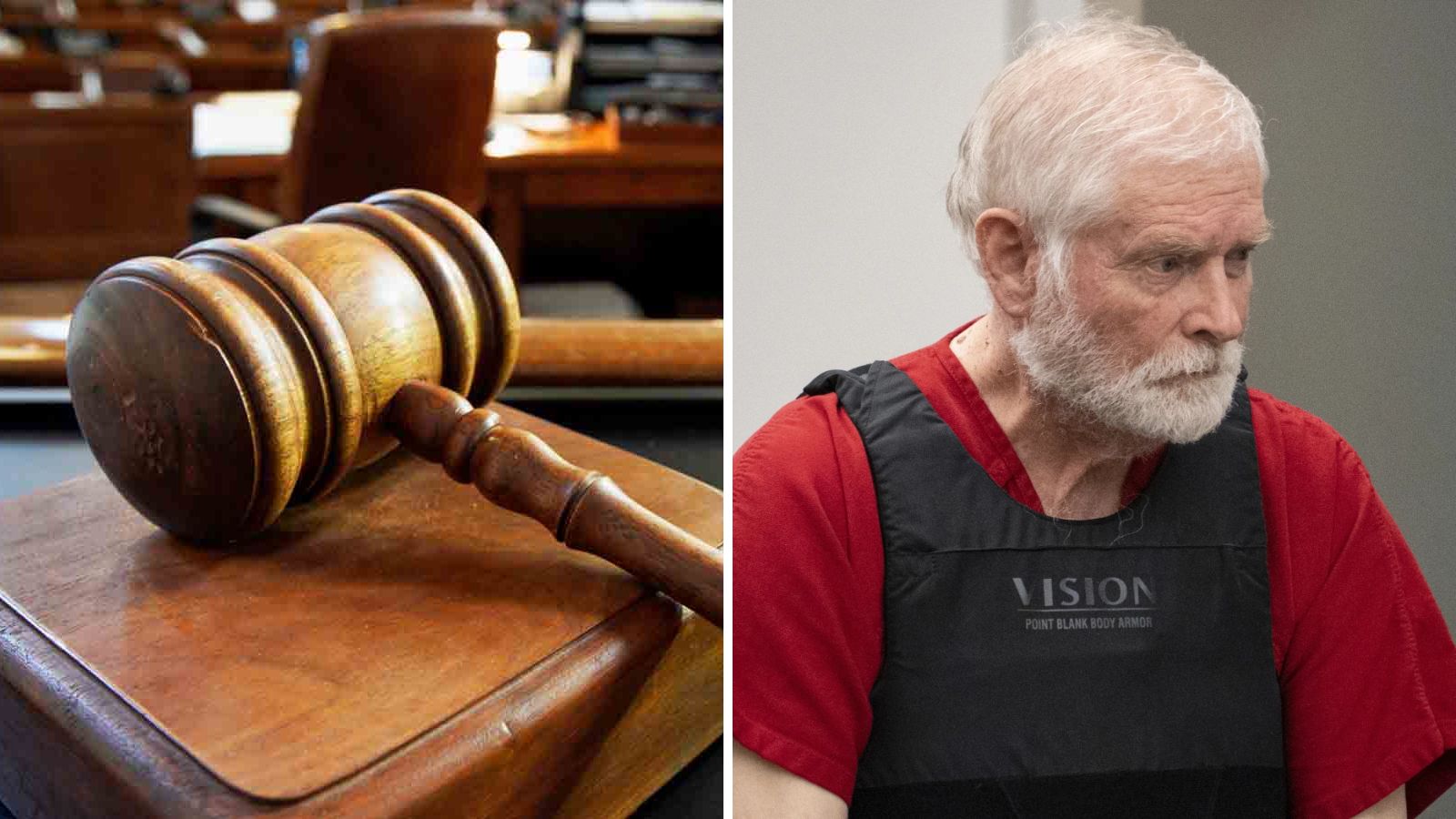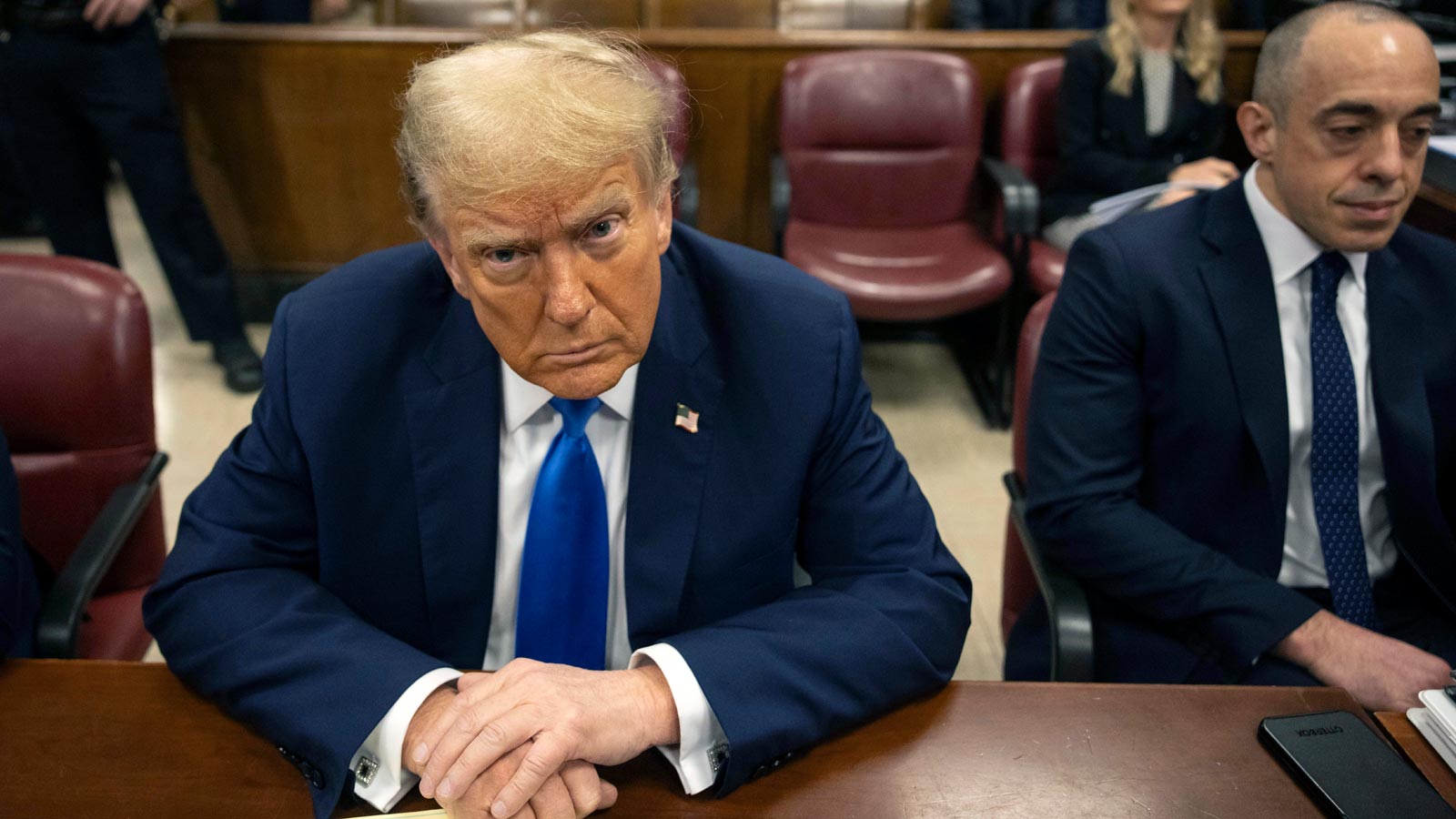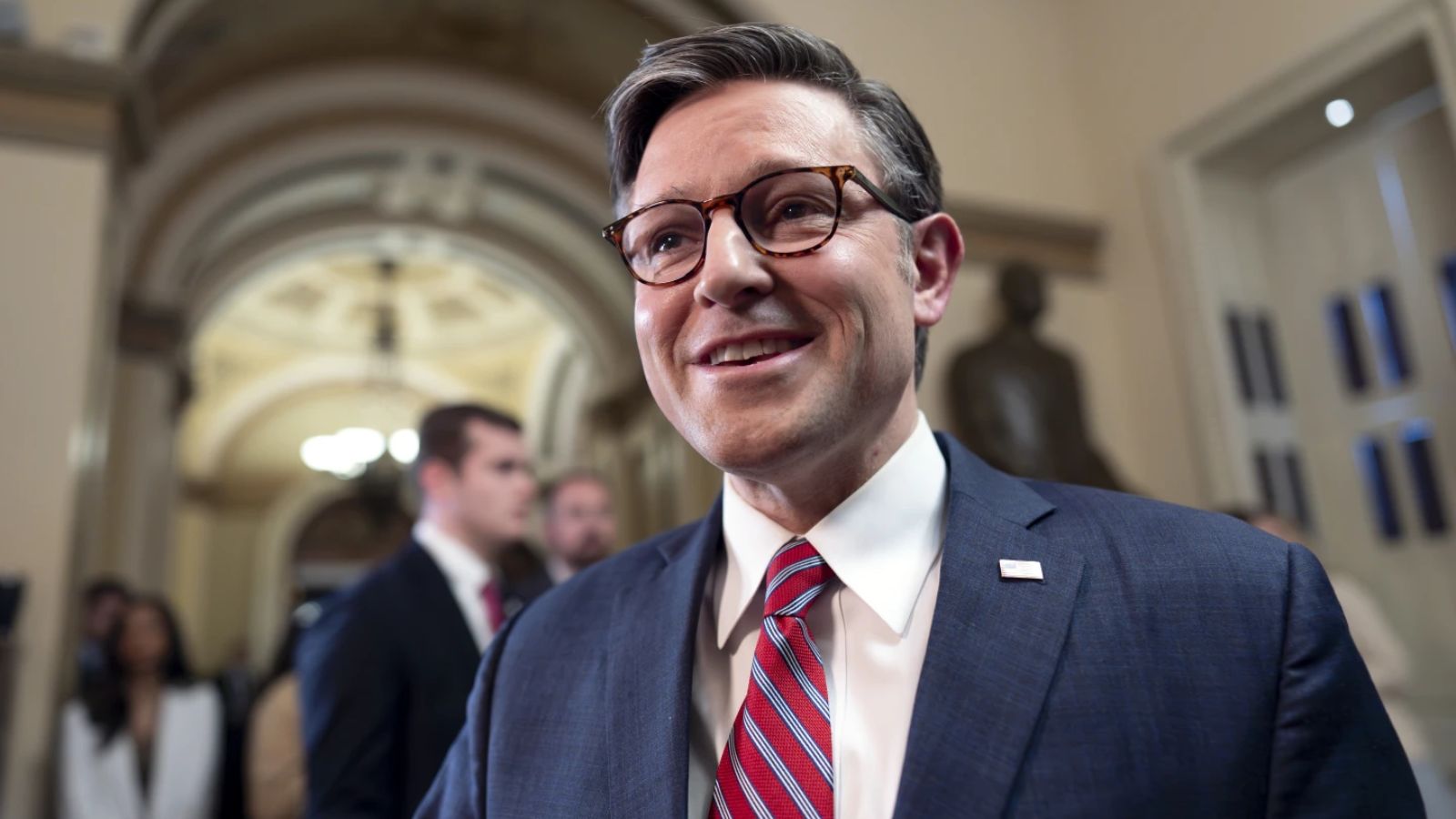Why the Fed feels now is time to tighten credit more quickly
Dec 15, 2021, 10:01 PM | Updated: 10:07 pm

Federal Reserve Chairman Jerome Powell speaks during a Senate Banking Committee hearing on Capitol Hill in Washington, Tuesday, Nov. 30, 2021. (AP Photo/Andrew Harnik)
(AP Photo/Andrew Harnik)
WASHINGTON (AP) — For months, Federal Reserve Chair Jerome Powell responded to surging inflation by counseling patience and stressing that the Fed wanted to see unemployment return to near-pre-pandemic levels before it would raise interest rates.
But on Wednesday, Powell suggested that his patience has run out. High inflation has not only persisted but accelerated to a nearly four-decade high. Average wages are rising. Hiring is solid, and unemployment is falling. All those trends, Powell said at a news conference, have led him and the rest of the Fed’s policymakers to decide that now is the time to speed up the Fed’s tightening of credit.
The central bank said it will reduce its monthly bond purchases — which are intended to lower long-term rates — at twice the pace it had previously set and will likely end the purchases in March. That accelerated timetable puts the Fed on a path to start raising rates as early as the first half of next year.
What’s more, the policymakers collectively forecast that they will raise their benchmark short-term rate three times next year — a significant increase from September, when the 18 officials had split over whether to hike even a single time in 2022. The Fed’s key rate, now pinned near zero, influences many consumer and business loans, including mortgages, credit cards and auto loans. Rates for those loans may start to rise, too, next year.
The policy changes reflect an abrupt shift by Powell and the Fed to focus more on wrestling inflation under control and less on further reducing unemployment.
At his news conference after the Fed’s latest policy meeting, Powell stopped short of declaring that the job market had fully recovered from the pandemic recession. But he said “rapid progress” had been made toward the Fed’s target of “maximum employment.” And if inflation is still running high next year, he said, the Fed might decide to start raising rates even if maximum employment hasn’t been achieved.
He noted recent economic reports that have shown higher inflation, solid wage growth and steady job gains.
“We have to make policy now, and inflation is well above” the central bank’s 2% annual target, Powell said. “With elevated inflation pressures and a rapidly strengthening labor market, the economy no longer needs increasing amounts of policy support.”
The Fed’s actions may raise borrowing costs across the economy in the coming months, although policy changes by the Fed don’t always immediately affect other loan rates. And even if the central bank does raise rates three times next year, that would still leave its benchmark rate historically low, below 1%.
Since spring, the central bank had characterized inflation as mainly a “transitory” problem that would fade as supply bottlenecks, caused by the pandemic, were resolved. But at his news conference, Powell acknowledged that price spikes have persisted longer than the Fed expected.
Once consumers start to expect inflation to continue, Powell noted, it can make it harder for the Fed to control. If households expect higher prices, they tend to demand higher wage increases, which can then lead companies to raise prices further to offset their higher labor costs.
“There’s a real risk now,” Powell said, “that inflation may be more persistent and that may be putting inflation expectations under pressure, and that the risk of higher inflation becoming entrenched has increased. I think part of the reason behind our move today is to put ourselves in a position to be able to deal with that risk.”
He said the Fed’s goals of maximum employment and stable prices have been complicated by the unusual dynamics of the pandemic recovery. The Fed had hoped to see inflation rise because of very low unemployment and higher wages, which are signs of a strong economy. Instead, surging inflation has mostly stemmed from supply chain snarls and a spike in demand for goods such as furniture, cars and appliances.
“The inflation that we got,” Powell said, “was not at all the inflation we were looking for.”
The run-up in prices has lasted longer than the Fed expected and has spread from goods like food, energy and autos to services like apartment rents, restaurant meals and hotel rooms. It has weighed heavily on consumers, especially lower-income households and particularly for everyday necessities, and negated the higher wages many workers have received.
Collectively, the Fed’s policymakers forecast Wednesday that inflation, as measured by their preferred gauge, will reach 5.3% by year’s end, according to the Fed’s preferred gauge. They expect inflation to slow considerably to a 2.6% annual rate by the end of 2022. But that’s up from its September forecast of just 2.2%.
Gas prices have already come off their peaks. Supply chain bottlenecks in some areas are gradually easing. And government stimulus payments, which helped spur a spike in spending that boosted inflation, aren’t likely to return.
The officials foresee the unemployment rate falling to 3.5% by the end of next year, which would match the pre-pandemic level, when unemployment was at 50-year lows.
Powell said all Fed officials expect the central bank’s goal of “maximum employment” to be reached some time next year, and he pointed to a rapid fall in the unemployment rate just in the past two months, from 4.8% to 4.2%.
He also noted that job openings are at near-record highs and that millions of people are quitting their jobs, which is typically a sign of a strong labor market, in which people are finding new positions at higher pay. Though the proportion of people either working or looking for work still remains notably below pre-pandemic levels, Powell held out hope that it could fully recover over time if the economy remains healthy.
“We would not in any way want to foreclose the idea that the labor market can get even better,” even after the Fed starts to raise rates, he said.
The Fed is buying $90 billion a month in bonds, down from $120 billion in October, and had been reducing those purchases by $15 billion a month. But in January, it will reduce those purchases by $30 billion, to $60 billion, and will be on track, Powell said, to end them altogether in March.
In addition to three rate hikes next year, Fed officials foresee raising rates three times in 2023 and twice more in 2024, leaving their benchmark rate at 2.1%, still a relatively low level historically.
On Wall Street, stock prices rose gradually and then surged after the Fed issued its statement and Powell began speaking at a news conference. At the end of the day, stock market averages were all up more than 1%, a substantial gain.
___
AP Economics Writer Martin Crutsinger contributed to this report.
Copyright © The Associated Press. All rights reserved. This material may not be published, broadcast, rewritten or redistributed.









